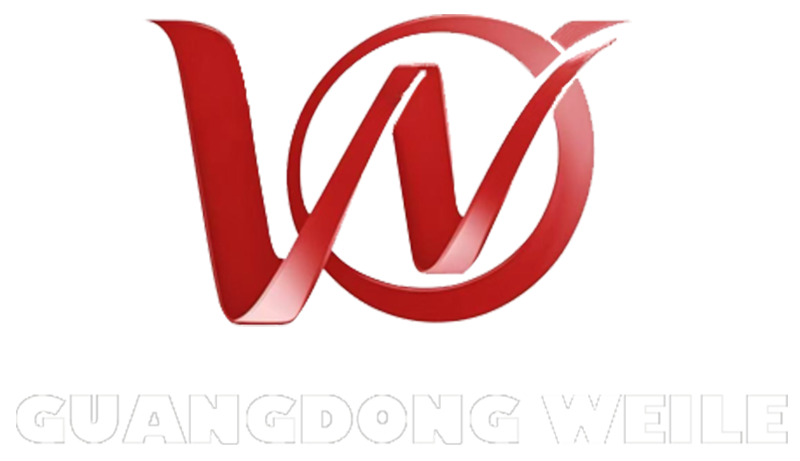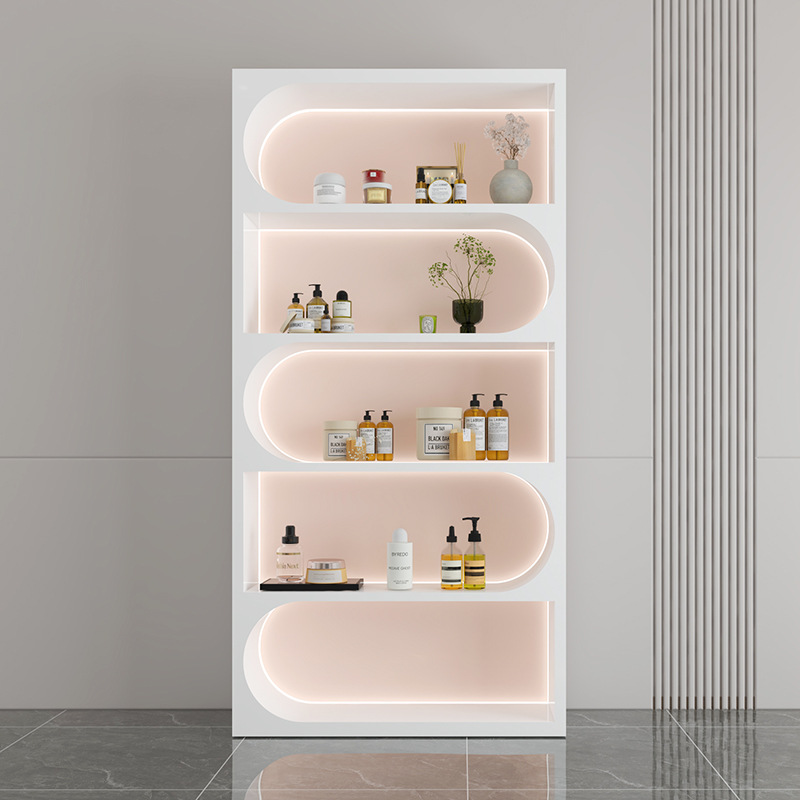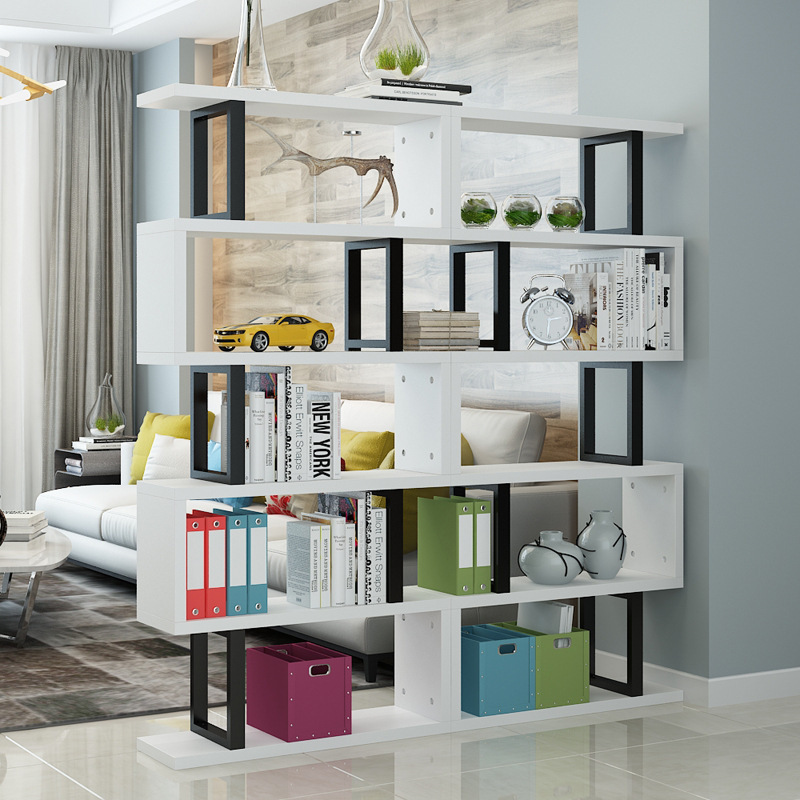I. The practical predicament of factories relying on export companies: The typical problem of Guangdong Weile
As an actual factory specializing in the production of shopping cart shelves, display stands, and display cabinets, Guangdong Weile has mature production capabilities and product quality. However, it faces the embarrassing situation of "being dressed up by others" - most export orders rely on export companies, and the factories only have a few self-developed customers. The core contradiction of this predicament lies in: The factories have "production advantages", but lack "export capabilities", while export companies precisely fill this gap, allowing foreign customers to pay a certain premium to choose cooperation rather than directly connecting with the factories.
II. The 4 core advantages of export companies in "grabbing orders": The weaknesses of factories
Foreign customers prefer to choose export companies rather than factories not because they don't value the price, but because export companies provide value that factories cannot replace. This can be broken down from four dimensions:
1. Customer resource accumulation and channel monopoly: The factory's inability to "reach customers"
The core assets of export companies are the long-term accumulated customer networks. These companies may have been deeply involved in a certain field (such as the export of commercial equipment) for 5-10 years. Through multiple rounds of exhibitions (such as the German Cologne Hardware Fair, the Las Vegas Gift Fair in the United States), online platforms (Ali International Station, Made-in-China.com), and referrals from old customers, they have accumulated hundreds or even thousands of precise foreign buyer resources.
In contrast, factories like Guangdong Weile, which have long focused on production, lack the awareness and channels for active customer development: They do not have professional teams to operate online export platforms, rarely participate in international exhibitions, and rely solely on "passive waiting for customers" or "relying on export company recommendations", which naturally makes it difficult for them to reach end buyers.
2. One-stop export services: The factory's insufficient "full-process coverage" capability
Shelves and display stands are large items, and export involves complex procedures such as customs declaration, inspection, shipping, documents, tax refund, and after-sales services. Any mistake in any of these steps can lead to order delays. One of the core values of export companies is to provide "nanny-style" full-process services:
• Help customers handle special documents such as fumigation certificates and origin certificates;
• Coordinate freight forwarders to optimize shipping plans and reduce transportation costs;
• Handle foreign exchange settlement, tax refund, and other financial processes;
• Even assist customers in solving installation guidance and after-sales maintenance issues after the goods arrive in the foreign country.
However, factories often only understand "production" and have no knowledge of these export processes - if customers directly cooperate with the factories, they need to connect with multiple third parties (freight forwarders, customs clearance agencies, etc.), and the communication costs and risks increase significantly. At this time, the "service premium" of export companies is essentially the cost that customers pay for "simplifying the process". In fact, this is what customers think, and we can also provide the same services as export companies. We handle shipments without requiring much involvement from customers, and logistics declaration, ship booking, and other matters can all be handled. It's just that many customers have not found us.
3. Market demand insight: The factory's "product adaptation" capability is weak
The requirements for shopping cart shelves and display stands vary greatly in different countries:
• European customers require products to meet CE certification and use environmentally friendly materials (such as E0 grade boards);
• American customers focus on load-bearing standards (they need to pass ASTM tests) and the size must fit the space of local supermarkets;
• Southeast Asian customers are more concerned about cost-effectiveness and have lower requirements for materials, but they need to adapt to the tropical humid climate (with anti-corrosion treatment).
Export companies, which have long been in contact with end customers, can quickly capture these demand differences and feed them back to the factories for production adjustments; When factories directly connect with foreign customers, they often fail to provide samples that meet local standards and preferences, resulting in "inappropriate" products – for instance, shelves produced according to domestic standards but without anti-corrosion treatment, which are unsalable in the Southeast Asian market and ultimately miss out on orders.
4. Building Trust and Communication Efficiency: The "Professional Image" of the Factory is Missing
When foreign customers choose suppliers, "trust" is more important than "price". Export companies build trust through the following methods:
• Have a professional export team that can communicate fluently in foreign languages about technical details, delivery cycles, and even understand the cultural habits of customers (such as European customers emphasizing contract terms details, and Middle Eastern customers emphasizing long-term relationship maintenance);
• Produce professional product manuals and factory real scene videos to clearly display the production process and quality control standards;
• Be able to respond quickly to customer needs, such as replying to inquiries within 24 hours and promptly providing production progress feedback.
However, many factory's export liaison personnel may only have basic foreign language skills and cannot accurately interpret the technical requirements of customers; when replying to inquiries, they often delay or even fail to provide standardized product materials – customers will think "the factory is not professional and the cooperation risk is high", even if the price is lower, they will prefer to choose the export company.
III. Guangdong Weile's Breakthrough Strategy: Transition from "Production-oriented Factory" to "Export-oriented Factory"
To break the "reliance on export companies" situation, the core is to fill the "export capability" gap, allowing the factory to not only provide high-quality products but also meet the entire process requirements of foreign customers. Based on Weile's business characteristics, it can be broken through from four directions:
1. Build an independent customer development system: from "passive waiting" to "active acquisition"
• Establish a small-scale export team: prioritize recruiting export staff with 1-3 years of experience in commercial equipment export, familiar with the export process of shelves and display stands and customer needs; if it is impossible to recruit experienced personnel, existing employees can be arranged to participate in export training (such as the practical courses of Ali International Station), focusing on mastering skills such as inquiry response, customer follow-up, and document preparation. Currently, there is indeed a deficiency in this aspect, and there are only two export business personnel who understand the entire export process. We need to recruit more experienced export business personnel.
• Layout online acquisition channels: join Ali International Station or Made-in-China.com, focus on optimizing product pages – for European customers, highlight "CE certification" and "environmentally friendly materials"; for American customers, emphasize "ASTM load-bearing test" and provide video cases of shelf installation. At the same time, operate LinkedIn accounts, actively connect with foreign supermarket purchasing managers, and release factory production scenes and customer cooperation cases (such as a case of customizing display stands for a foreign chain supermarket).
• Participate in vertical industry exhibitions: select 1-2 commercial equipment international exhibitions each year (such as the EuroShop exhibition in Düsseldorf, Germany), carry customized samples to participate in the exhibition – such as anti-corrosion shelves for the Southeast Asian market and minimalist display cabinets for the European market, to showcase the factory's production strength and collect customer business cards and then arrange export liaison personnel to follow up.
2. Build a full-process export service capability: from "only production" to "one-stop service"
• Integrate supply chain resources: cooperate with 2-3 reliable freight forwarders and customs clearance agencies in advance, sign long-term agreements to ensure that goods can be quickly declared and transported; at the same time, sort out the tax refund process and arrange financial personnel to learn export tax refund policies to avoid delays in tax refunds affecting capital turnover. • Provide "customization + after-sales" value-added services: Establish a small design team and adjust products according to customer needs - for example, if a customer requires a display stand size that matches a specific supermarket, the design team can quickly produce 3D drawings for confirmation; after the goods are exported, send installation videos via email. If the customer needs, arrange for technicians to provide remote guidance (such as through Zoom video explanations of installation steps). These services can significantly enhance customer satisfaction, offering a "factory advantage" over traditional export companies (direct connection to production, faster response).
3. Strengthen market insight: Make products "precisely adapted" to foreign demands
• Establish a customer demand database: Collect past order information from export companies (such as export countries, product specifications, certification requirements), analyze the characteristics of different markets; at the same time, have export staff actively inquire about "special requirements for display stands in the local market" when following up with customers, gradually accumulating data.
• Targeted acquisition of international certifications: Prioritize obtaining essential certifications for mainstream markets, such as CE certification for exports to Europe, ASTM certification for exports to the United States, and SASO certification for exports to the Middle East - these certifications are "door-openers" for entering local markets, and with them, customers will trust the factory's product quality more, reducing reliance on "endorsement from the export company".
4. Build factory brand trust: Let customers "believe in your professionalism"
• Produce professional export materials: Design English product manuals (highlighting production processes, quality control standards, and certification qualifications), factory introduction videos (showing workshop equipment, quality inspection processes, and the charm of the employees ), and send them immediately during communication with customers, demonstrating the factory's strength.
• Optimize business communication details: Require export staff to respond to customer inquiries within 24 hours, not only providing prices but also actively offering "product advantages" (such as "our display stands use thickened cold-rolled steel, with a 10% higher load-bearing capacity than industry standards") and "delivery cycles" (such as "regular models 20 days for delivery, custom models 30 days"); when signing contracts with customers, clearly list quality standards, acceptance methods, and after-sales terms to reduce subsequent disputes.
• Accumulate trust through small orders: Initially, accept small batch trial orders (such as 50-100 sets of display stands), use high-quality products and services to build trust with customers - when customers see "the factory can deliver on time, the products meet requirements, and the after-sales response is prompt", they are likely to increase orders or even abandon the export company and directly cooperate with the factory.
Summary: Breaking the "unusual situation" requires a step-by-step approach
From "relying on export companies" to "self-exporting" for factories is impossible to achieve overnight. Guangdong Weile can start with "small trial errors": for example, first form a 2-3 person export team, focus on developing 1-2 potential markets (such as Southeast Asia, where the demand is similar to that in China and the development difficulty is low), and accumulate experience and customer resources through small orders. As export capabilities improve, gradually expand the customer base and reduce reliance on the export company.
In essence, foreign customers do not choose "export companies", but "a partner that can meet their own needs". When the factory can provide high-value products, cover the entire process of export services, understand market demands, and build professional trust, it will naturally break the current predicament and achieve a breakthrough in self-export.




